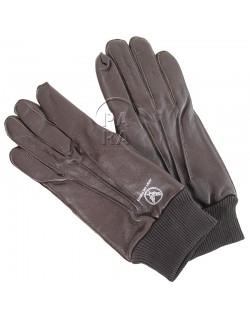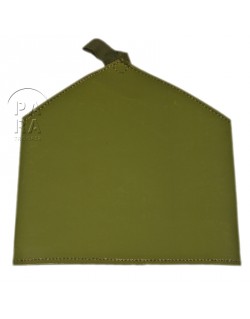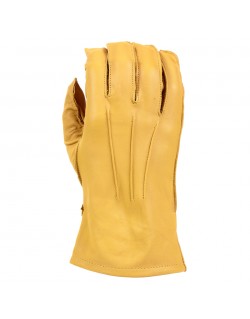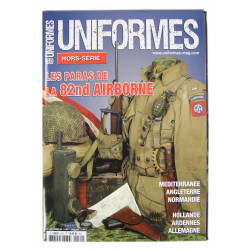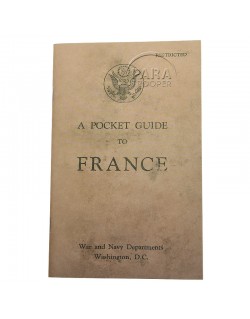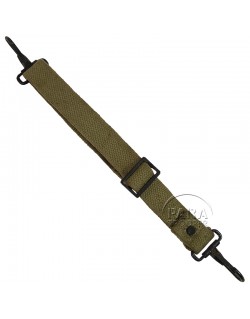


Marker, Luminous
€15.00
Tax included
Reproduction of the luminous marker designed for night beaconing, also issued to paratroopers on the occasion of night operations -- attached onto the helmet net or any other part of their gear, it allowed troops to recognize each other in the darkness.
Product Details
LB




